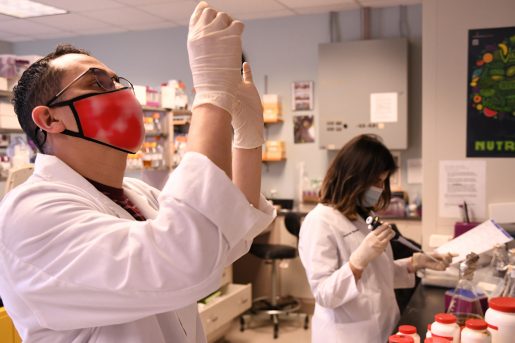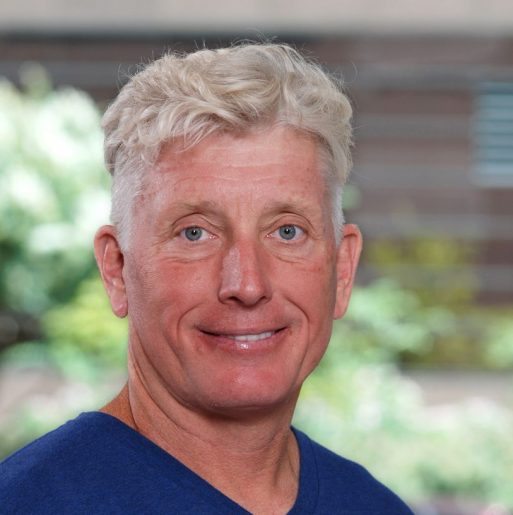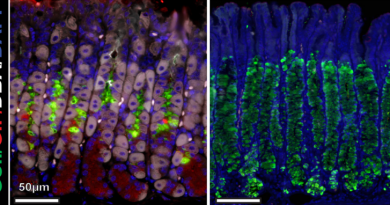Plant integration in the Kendal Hirschi Lab
Typically, when you think of nutritional research, food and diet come to mind. At Baylor College of Medicine’s Kendal Hirschi Lab, this also includes plant science. Located at the USDA/ARS Children’s Nutrition Research Center, the lab provides a unique perspective integrating fundamental plant science with basic nutrition research.

The lab works primarily on the plant side to make plants healthier, to grow more effectively during difficult situations and to contain extra minerals and vitamins and less anti-nutrients.
Helping plants grow in tough environments
Researchers in the Hirschi lab are focusing on how to sustain plant health under heavy raining situations so they can continue to grow under water when they have less oxygen. In climates similar to Houston’s where rain is frequent, some plants cannot tolerate the water as they get submerged and lose oxygen.
The lab is working on a new mechanism to help plants grow stronger under limited oxygen. When a plant is submerged it closes some of its pores to not let in as much water. This limits oxygen too, and that is when a plant tends to shut down completely and die. Hirschi suggests that if the plant does not shut down completely and keeps its energy reserves active, it may not die.
“The submergence is one stress, but another stress that’s almost equal to that is when the water leaves and suddenly the dry environment is there again – it’s a whole new shock. If the plant is in this on/off state, it may be too many shocks. Only shutting down halfway and not completely, is not as shocking to the plant,” Hirschi said. “Some plants tolerate submergence better than others. We investigate whether those plants actually altered some of their genes, we are studying those properties in our transgenic plants.”
Exploring an emerging field

A controversial topic that the Hirschi lab is also exploring is the idea that nutrition may include the digestion of genetic information.
“We’re interested in this idea that perhaps part of what we eat, and what makes us healthy, isn’t just elements that come from plants, but maybe there’s genetic information in the plant that’s communicating to the genetic information in our bodies,” said Hirschi.
Sometimes, a pathogen in the plant will make nucleic acids to communicate to the host. For example, a virus may encode small pieces of genetic information to control the host cell’s stress responses and antiviral defense pathways.
“Could our food contain genetic information that controls our microbiomes or digestive system? If this is true, researchers may be able to utilize plant’s natural carrier materials in vaccine development, for instance,” Hirschi said.
Additionally, plants could be designed to package various materials to improve their bioavailability, meaning their nutrients would be able to have more of an effect on the consumer.
A one-stop location to integrate plant science, human health and agriculture
At the Children’s Nutrition Research Center, the Hirschi Lab has access to greenhouse and animal facilities. Additionally, there are areas in the building to work with clinical research involving people and food.

We can do it all here in one building. We have these facilities here to investigate healthier outcomes in a different way that not only has applications to health but also to agriculture, which you wouldn’t think of in a medical center,” Hirschi said.
“Diet is a central factor of health, especially plant-based diets. Although we know that eating plants is beneficial for our health, we still have questions as to why this is the case.”
Are you interested in learning more about the work conducted at the Hirschi lab? Find a list of their publications here and details about their projects here.
Take a tour of the greenhouse.
Dr. Kendal Hirschi is professor of molecular and human genetics and pediatrics-nutrition at the USDA/ARS Children’s Nutrition Research Center at Baylor and Texas Children’s Hospital.
By Homa Shalchi




